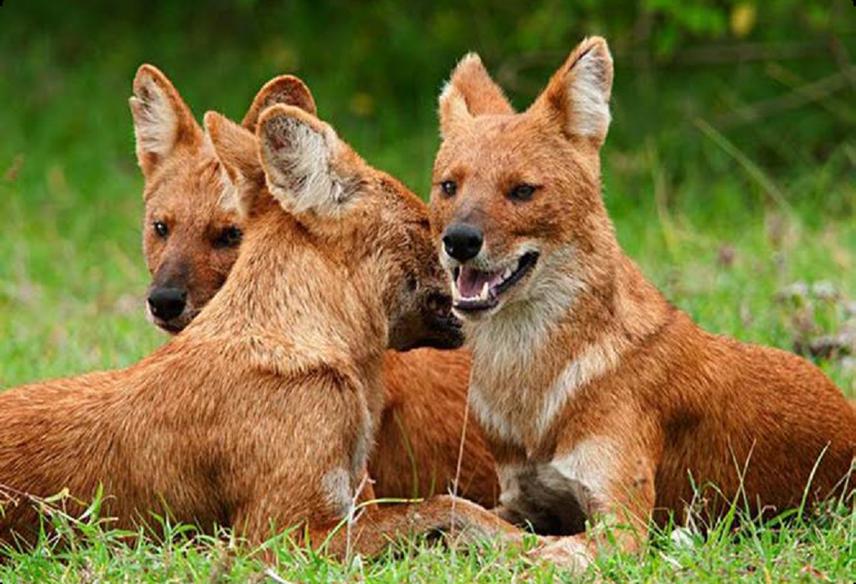Phub Dorji
This project will help to assess the Human Dhole conflict and provide recommendations for mitigation of the conflict and further conservation strategies. Need for the assessment on peoples attitude towards Dhole conservation is paramount. Negative perception of the local people shall be changed through Dhole conservation awareness programs. Presence of the Dhole site information will be collected through people’s interview and its distribution map will be produced for systematic camera trapping in next phase.

Dholes (Cuon alpinus) are social canid and pack hunting animals (Pocock, 1984; Jongsingh, 1982).Depending upon the pray availability of the prey, they may also hunt in single or pair (Cohen et al, 1977). G.V.Gopi et al., (2010) asserts that Dholes population is estimated at less than 2500 mature individuals in the natural wild, thus IUCN declared Dhole as endangered species. So far it has received very less conservation attention in the region and in Bhutan.
There is no study or the conservation work done on the Dhole in the present site. Many report/cases of livestock depredation by Dhole in the present project site has been reported and sighted several times while conducting anti-poaching patrolling activities in the present site. Bhutan government-initiated mass poisoning campaign of Dholes in the 1970s and its population decreased to near extinction from Bhutan. With the stop of the poisoning campaign, the population of Dhole started to rise. Due to rise in its population most of the local people believe that, government had eradicated the native Dhole during the poisoning campaign and present Dhole are introduced from other country, which is not true in reality (IUCN report, 2008) and people are against its conservation.
Project site covers four blocks within the buffer zone of Jigme Khesar Strict Nature Reserve. This project will help to assess the Human Dhole conflict and shall provide recommendations for further conservation strategies in harmonic co-existence with the local people. Through verbal talk with the local people, found the perception and the attitude of the local people towards Dhole conservation is negative. This Project will validate the aforementioned statement and create right conservation information to them through conservation awareness program. The current status of the dhole and its distribution is not known, its distribution map will be produced through peoples interview and use it for the systematic camera trapping for Dhole in next phase.
Set of open-ended and closed-ended questions will be prepared in form of a questionnaire. This questionnaire will be used for collecting data on its Human dhole conflict, people’s perception and attitude towards Dhole conservation and sighting sites for distribution map production. From each blocks, public gathering will be attempted to conduct Dhole conservation awareness program. Program includes displaying and sensitizing people about the conservation significant, existing rules (Bhutan Schedule of Conservation Rules, 2006) of conserving Dhole in Bhutan.